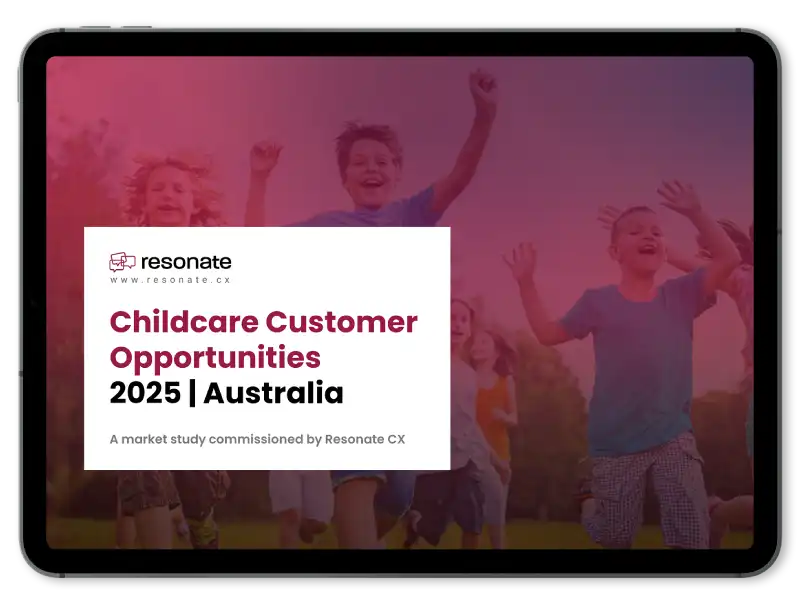TLDR:
- Transactional Surveys: These surveys are “sprinters,” designed to capture immediate feedback right after a specific customer interaction, such as a support call or product delivery. They provide a sharp, immediate snapshot that is highly actionable for tactical fixes and for pinpointing pain points at specific touchpoints of the customer journey.
- Relational Surveys: Unlike transactional surveys, relational surveys are the “marathon,” measuring the long-term health, loyalty, and brand perception of the overall customer relationship. Typically scheduled quarterly or annually, they offer a strategic big picture for spotting broad trends, benchmarking, and determining where major investments should be made.
- The Importance of Timing: The article emphasizes that timing is everything in customer feedback, noting that surveys sent too late risk missing the emotion and memory that make feedback meaningful. The right timing provides insight that is fresh and actionable, which signals to customers that their opinion matters now, not months later.
- Complementary Roles: The real power of a feedback strategy emerges when transactional and relational surveys are used together, as they are complementary, not competing, approaches. Relational surveys tell an organization where to focus its improvement efforts, while transactional surveys reveal how to fix the identified specific problems.
- Combined Strategy: The most effective approach involves a simple three-step process that fluently moves between the details and the overall picture to build trust. This cycle involves assessing overall health with relational surveys, using those results to pinpoint weak points, and then deploying transactional surveys to resolve those issues quickly.
Imagine asking someone how they enjoyed dinner three months after they ate it. You’d get a puzzled look at best, or a shrug that tells you the moment’s already gone. Customer feedback works the same way: timing is everything. A survey that arrives too late risks missing the emotion, the memory, and the trust that make feedback meaningful.
Customer experience (CX) isn’t only about the questions you ask but also about when you ask them. The right timing gives you insight that’s fresh and actionable, while also signalling to customers that their opinion matters now, not months later. It’s in that immediacy that trust begins to form and loyalty takes root.
To understand timing, it helps to think of feedback in two distinct forms. Transactional surveys act like sprinters, capturing reactions at the speed of the moment. Relational surveys play the marathon, since they track sentiment and loyalty over the long haul. Both matter, and both serve different but complementary purposes. In this blog, we’ll help you differentiate these two types of surveys, walk you through the benefits of each, and show you how to wield both together like a pro.
The Tactical Snapshot: Understanding Transactional Surveys
When you need a sharp, immediate view of how a customer feels after a specific interaction, transactional surveys are the tool you want. Sent right after a support call, product delivery, or website checkout, these surveys capture feedback while the experience is still vivid. They’re powerful because they’re so direct: customers can recall details, emotions, and pain points without the blur of time.
When you use them well, transactional surveys provide data that teams can act on straight away. A low score after a delivery highlights issues in logistics before they become patterns. Post-support call feedback can reveal coaching opportunities for agents in real time. Indeed, transactional surveys can be especially useful for zeroing in on pain points at specific parts of the customer journey, which can, in turn, prompt organisations to develop solutions on a level that’s just as granular. One study has shown that the perceived quality of individual touchpoints plays a crucial role in shaping the overall customer experience, underscoring the value of collecting and acting on feedback at these specific moments.
Beyond tactical fixes, these surveys also play a role in employee performance management. Organisations that can connect responses to specific interactions will readily be able to identify who or what is driving positive outcomes and where improvements are needed. The strength of transactional surveys lies in producing a snapshot sharp enough to inform immediate decisions, even if they don’t provide the whole picture of a customer relationship.
The Strategic Big Picture: The Role of Relational Surveys
While transactional surveys zoom in on individual moments, relational surveys take a step back to see the whole journey. These are not tied to a single event but instead measure the long-term health of the customer relationship. They’re usually scheduled quarterly or annually, which makes them ideal for spotting trends, benchmarking against competitors, and identifying broad themes.
The strength of relational surveys lies in their holistic view. They capture loyalty, trust, and brand perception that might not show up in one-off interactions. Research from Chattermill suggests quarterly surveys strike the right balance, frequent enough to track sentiment shifts without causing fatigue. The same studies highlight that response rates tend to hover around 15 per cent, a useful benchmark when planning outreach.
Strategically, these surveys provide the “where” in your improvement roadmap. They reveal which areas of the customer experience require the most attention. They don’t prescribe solutions, but they point to the arenas where investment will pay off. That makes them invaluable for setting priorities and steering long-term strategy.
The Synergy: Combining Both for a Complete Strategy
The real power emerges when you use transactional and relational surveys together. They’re not competing approaches but complementary layers of insight. Relational surveys tell you where to focus your efforts, while transactional surveys help you understand how to fix specific problems.
Consider the following scenario: your quarterly relational survey reveals that customer support lags behind other areas of satisfaction. That’s the “where.” Next, you deploy transactional surveys immediately after support interactions. These uncover that customers find wait times frustrating and perceive inconsistent quality of service from your agents. That’s the “how.” Together, the two survey types provide both the strategic direction and the tactical steps needed to improve.
This combined framework can be powerful as businesses see the best results when they move fluidly from the details to the overall picture and back again. A simple three-step process can bring this to life: start with relational surveys to assess overall health, use them to pinpoint weak points in the journey, then deploy transactional surveys to dive deep and resolve issues quickly. It’s a cycle designed to build trust through action, both action and timing. The goal is to show customers you’re listening both in the moment and across the long haul.
Conclusion
You don’t build trust in customer relationships by accident; you need to be asking the right questions at the right time. Transactional and relational surveys work best when you treat them as complementary tools that give you both the big picture and the fine detail needed to act with confidence.
Resonate CX’s Voice of the Customer management platform makes this balance possible. It’s designed to help organisations capture both in-the-moment feedback and long-term sentiment, connect the dots between them, and figure out what action you can meaningfully take based on the results. The platform integrates timing, context, and insight into one solution. It thus equips you to build trust and loyalty with your clientele, thereby opening up more opportunities to accelerate growth.If you’re ready to elevate your feedback strategy, talk to us today about how Resonate CX can help you survey smarter and act faster.









